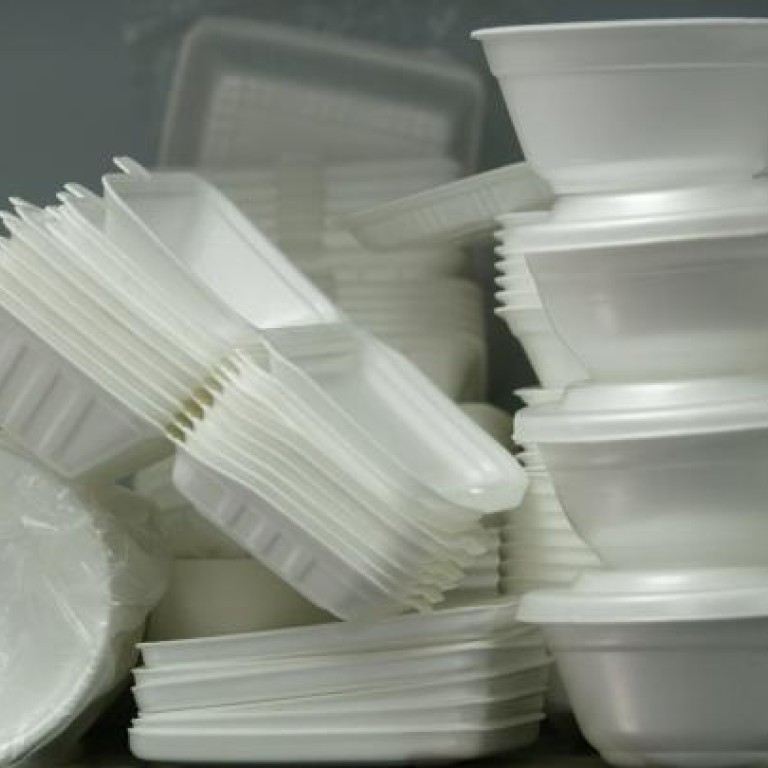
China to lift ban on disposable styrofoam lunch boxes
A rule on disposable polystyrene tableware is expected to be lifted in May, after being in force in China for more than 14 years, but the NDRC did not offer an explanation on why.
The National Development and Reform Commission submitted “Decree No 21” last month but did not offer an explanation on why it was lifting the ban.
The NDRC, which sets economic policies, had proposed removing the ban as early as May 2011. It said circumstances had "changed greatly" since the regulation was put into place, according to the report.
Food-packaging experts and a number of lunch-box manufacturers, however, said polystyrene, or styrofoam, tableware still lacked product safety and quality standards as well as recycling capacities. They urged the government to deal with the problems first.
Production and use of foam tableware were outlawed in 1999 by the State Economic and Trade Commission, once China’s top economic policymaking body until it was folded into the Ministry of Commerce in 2003.
The ban was meant to curb a problem of “white pollution” in the 1990s, a term used to describe the ubiquitous sighting of white disposable foam lunch and snack boxes scattered all over streets and in train stations and rivers.
In 1995, China Railways banned foam tableware in their cars and replaced all cutlery with biodegradable materials.
Cao Jian, a high-ranking official from the China Plastics Processing Industry Association, was quoted by China Chemical Industry News as saying disposable foam boxes were proven safe for use.
He said foam tableware was a cost-effective product and contained oil-resistant, water-resistant and thermal insulating properties. The problem of white pollution, he added, could be solved by better recycling management and technology.
I didn’t even realise there was a ban...restaurants in Guangzhou are still using foam lunch boxes and have been doing so for years
But Dong Jinshi, secretary general of the International Food Packaging Association, told The Beijing News that due to polystyrene’s low-cost manufacture, hundreds of domestic enterprises were still “covertly producing up to 15 billion units a year” despite the ban.
The association has repeatedly refuted any suggestions of foam tableware’s harmlessness and called the ban’s lift a “fatal flaw”. It said food stored in polystyrene containers could be poisoned when heated in a microwave oven.
Chinese netizens expressed mixed reactions to the announcement. One user on Sina Weibo said: “I didn’t even realise there was a ban because restaurants in Guangzhou are still using foam lunch boxes and have been doing so for years.”
“China has enough pollution problems with its air, we don’t need another one,” said another microblogger.
Disposable polystyrene tableware is still widely used in catering industries around the world including Hong Kong, Japan, the US and Europe.

